Cuckoo Sandbox on Kali Linux isn’t just another security tool it’s a smart, open-source system that lets you actually see how malware behaves in real time. You can drop any suspicious file into a safe, virtual space and watch what it tries to do, without putting your main system at risk.
What makes Cuckoo different is that it doesn’t stop at flagging a file as malicious. It digs into the “why” the context, intent, and pattern behind an attack. That’s what makes it so useful for researchers and cybersecurity learners alike.
It works across multiple systems Windows, macOS, Linux, even Android and setting it up on Kali is surprisingly straightforward. In this guide, we’ll walk through how to get Cuckoo Sandbox running on Kali Linux step by step. And if you’d rather host it on a server, Eldernode’s Linux VPS plans make it easy to build your own isolated analysis lab with full control and stable performance.
Key Features of Cuckoo Sandbox
What makes Cuckoo Sandbox stand out is how hands-on it feels. It’s not a black box you can actually see what the malware tries to do and how your virtual lab reacts. Here are a few things that make it powerful:
It can handle almost anything you throw at it executables, PDFs, Office docs, scripts, even emails.
It quietly watches every bit of network traffic that comes or goes, including encrypted SSL or TLS connections, and lets you reroute traffic through VPNs or simulated networks.
Memory analysis is built right in. With tools like Volatility and YARA, you can peek into processes and see what’s really happening behind the scenes.
It keeps an eye on system calls and file actions, then turns all that chaos into readable behavior summaries.
When the job’s done, it gives you neat, exportable reports in JSON or HTML or feeds data straight into MongoDB if you’re automating your analysis workflow.
Because everything is modular, you can swap, extend, or integrate parts of Cuckoo however you like it’s made for tinkering and learning.
Understanding malware analysis with Cuckoo in plain words
Drop a file into Cuckoo and don’t expect a single “clean” answer. Cuckoo actually runs the sample inside a tiny virtual PC and watches everything it does the files it creates, the APIs it calls, the servers it tries to contact. That’s dynamic analysis: messy, noisy, but honest.
There are two quick ways to look at malware:
Static analysis you inspect the file without running it. Think of it as reading a recipe without tasting the dish: file type, size, hashes (MD5/SHA256), embedded strings. Fast and safe, but it can miss hidden tricks.
Dynamic analysis you press “run” in a controlled lab and see the program act. Cuckoo records memory snapshots, registry edits, dropped files, network activity the full performance, not just the script.
Put simply: static tells you what the file looks like; dynamic shows you what it actually does. Use both, and you stop guessing.
Quick tip: if a sample phones home only after an hour, static analysis won’t catch that. Schedule longer runs in Cuckoo or simulate network delays to reveal delayed behavior.
Cuckoo Sandbox on Kali Linux — install & quick start
Getting Cuckoo Sandbox up on Kali Linux takes a few minutes if you prepare the machine properly. The steps below show a practical, safe flow that real analysts use with a couple of small tips to avoid common traps.
1. Update the host
sudo apt update && sudo apt upgrade -y
Always start from a clean, updated system before adding analysis tooling.
2. Install Cuckoo
sudo apt install cuckoo -y
On Kali/Debian this pulls the distro package (convenient), but note packages in the repos may lag behind the upstream release.
3. Add the extras that actually matter
Cuckoo works better when it has a few friends: a memory forensics tool, a pattern matcher, and a fuzzy-hash utility. On Kali you can install the common extras in one go:
sudo apt install volatility yara ssdeep mongodb -y
Real talk: Volatility lets you dig through RAM dumps, YARA helps you spot known patterns, and ssdeep makes it easy to compare similar samples. MongoDB isn’t required for a one-off run, but it’s useful once you start keeping and querying many reports.
4. Run Cuckoo from a dedicated account don’t use root
Make a lab account and keep analysis separated from your main user:
sudo adduser cuckoo
sudo usermod -aG vboxusers cuckoo
Why bother? If something misbehaves, a dedicated user limits the damage and keeps VM file permissions predictable. It’s a small safety habit that pays off.
5. Quick verify
cuckoo --version
If that prints a version number, great. If not, check whether the package installed correctly or whether you meant to use a Python virtualenv (common when installing from source).
6. First run initialize and watch the logs
cuckoo
On first run Cuckoo initializes its workspace. Use cuckoo -d to run in debug mode and watch logs while you troubleshoot.
7. Create and register guest VMs
Build at least one guest VM (e.g., Windows) in VirtualBox or QEMU, install guest additions/tools, and take a clean snapshot.
Match the VM name to Cuckoo’s machines configuration so Cuckoo can start/stop it automatically.
8. Submit a test sample
cuckoo submit /path/to/sample.exe
Watch the web UI or logs for the resulting JSON/HTML report.
Quick practical tips
Never run unknown samples on your primary machine. Use an isolated host or trusted VPS.
If the apt package is old, prefer git clone from the official repo and install inside a Python virtualenv.
Consider routing guest traffic through InetSim or a controlled VPN to avoid accidental callbacks.
Use longer analysis runs for samples that delay activity (some malware sleeps or checks timing).
Conclusion
If you’ve followed along, you’ve already met Cuckoo Sandbox on Kali Linux and seen how easy it is to get it running. Once it’s set up, you can shape the environment the way you like tweak how files are analyzed, adjust what data gets logged, and decide how the final reports look.
Because it’s open-source, there’s nothing stopping you from folding Cuckoo into your own research or security lab and building something unique on top of it.
And if you enjoy exploring tools like this, take a look at our other Kali Linux and security tutorials you’ll probably find your next favorite project there.
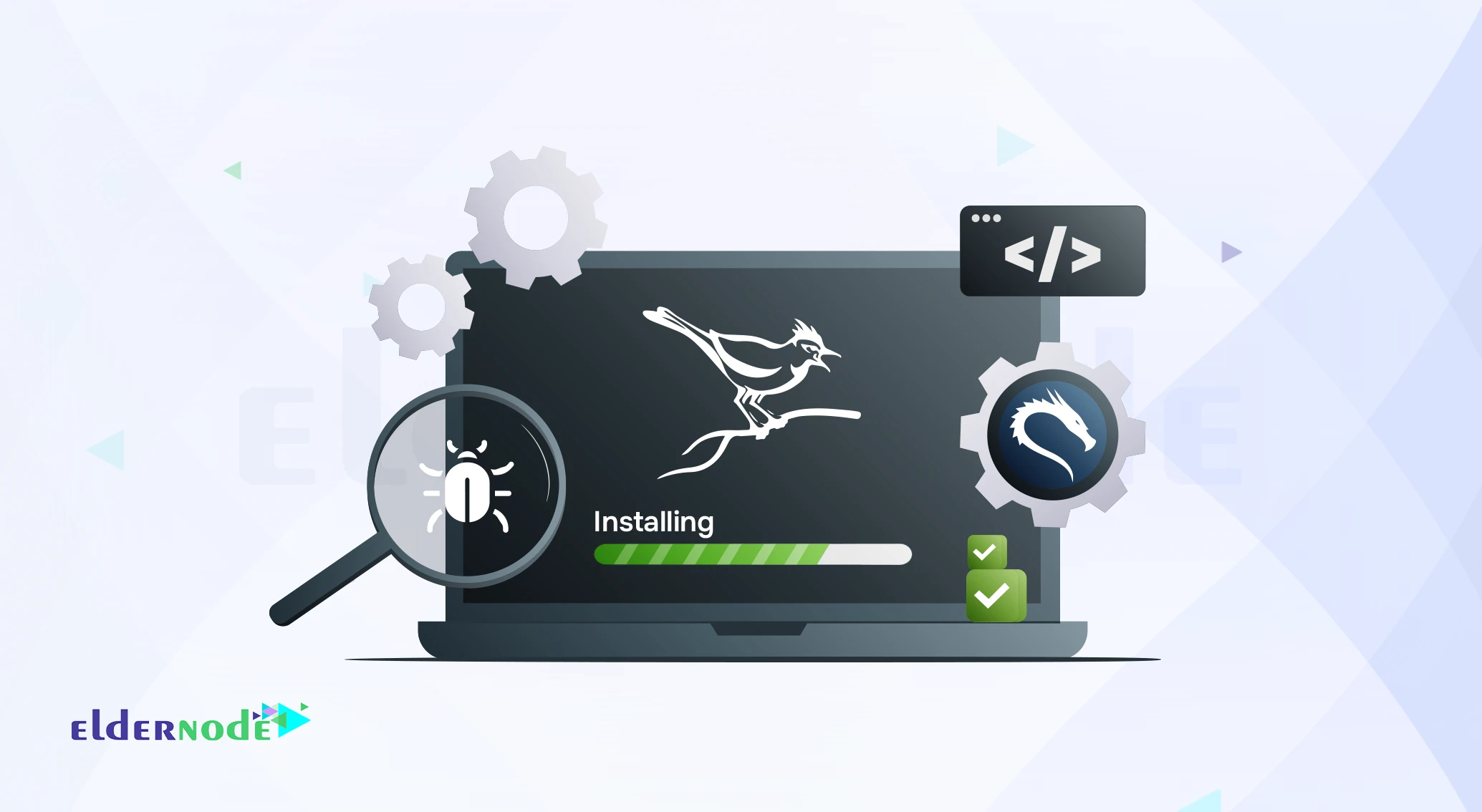

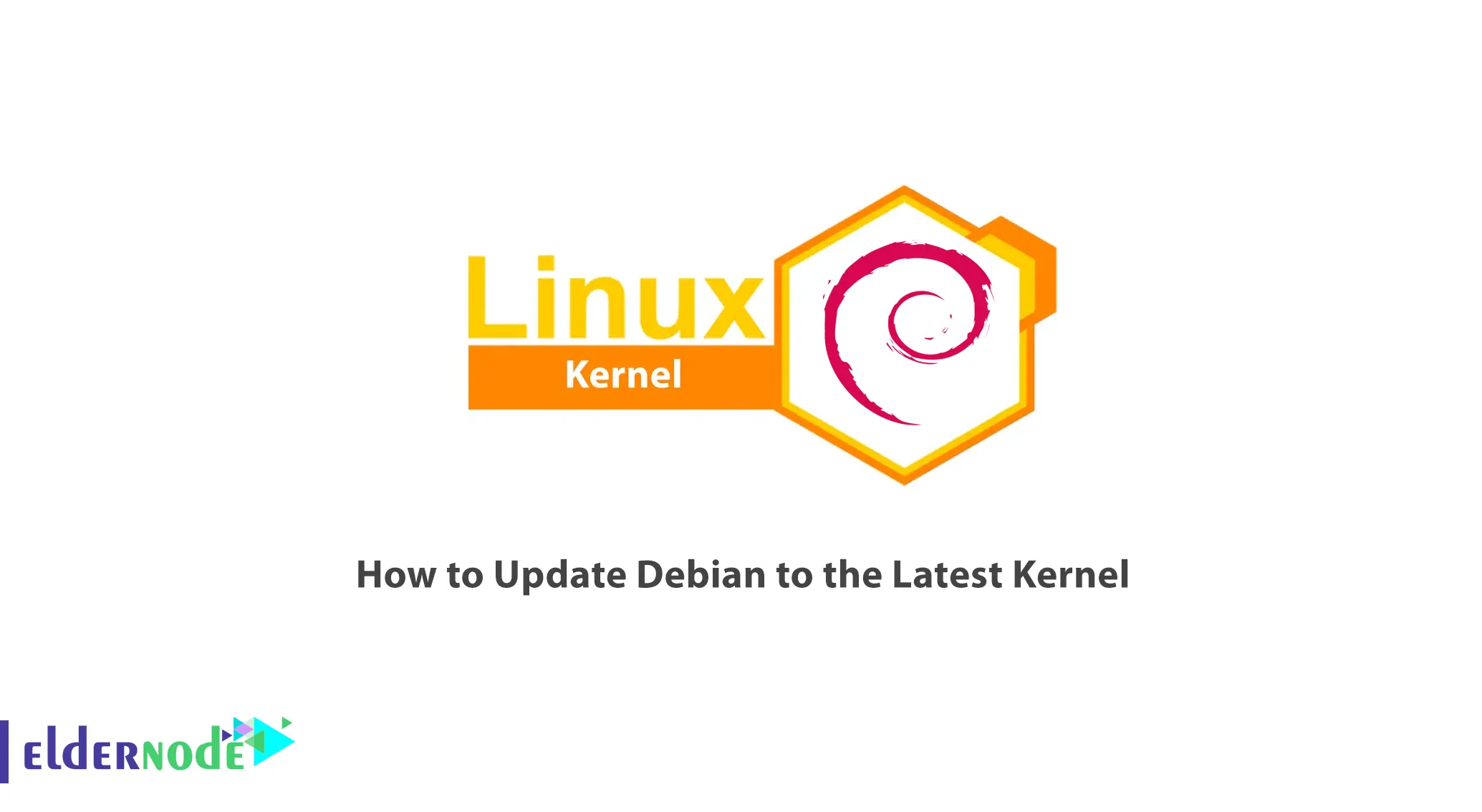
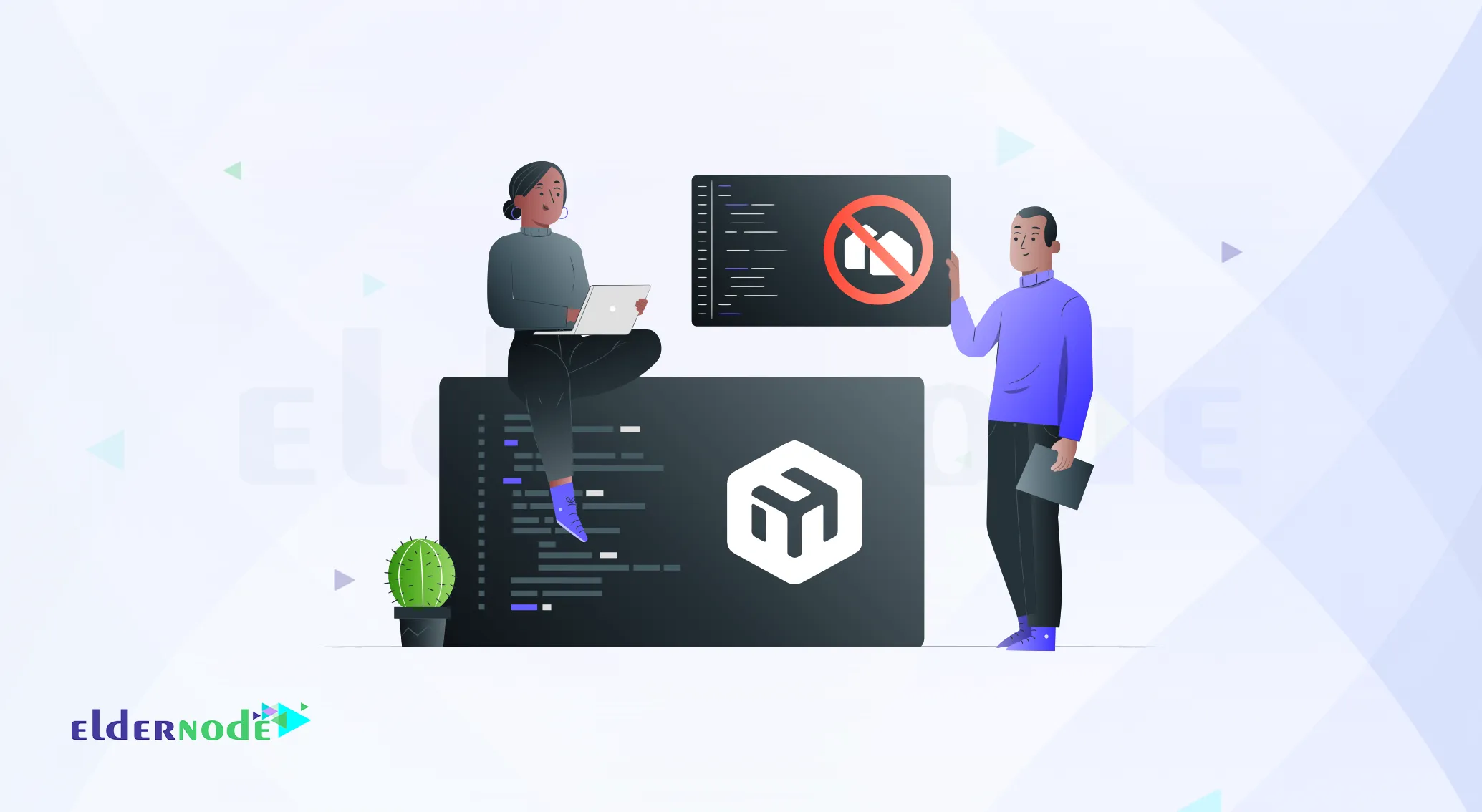
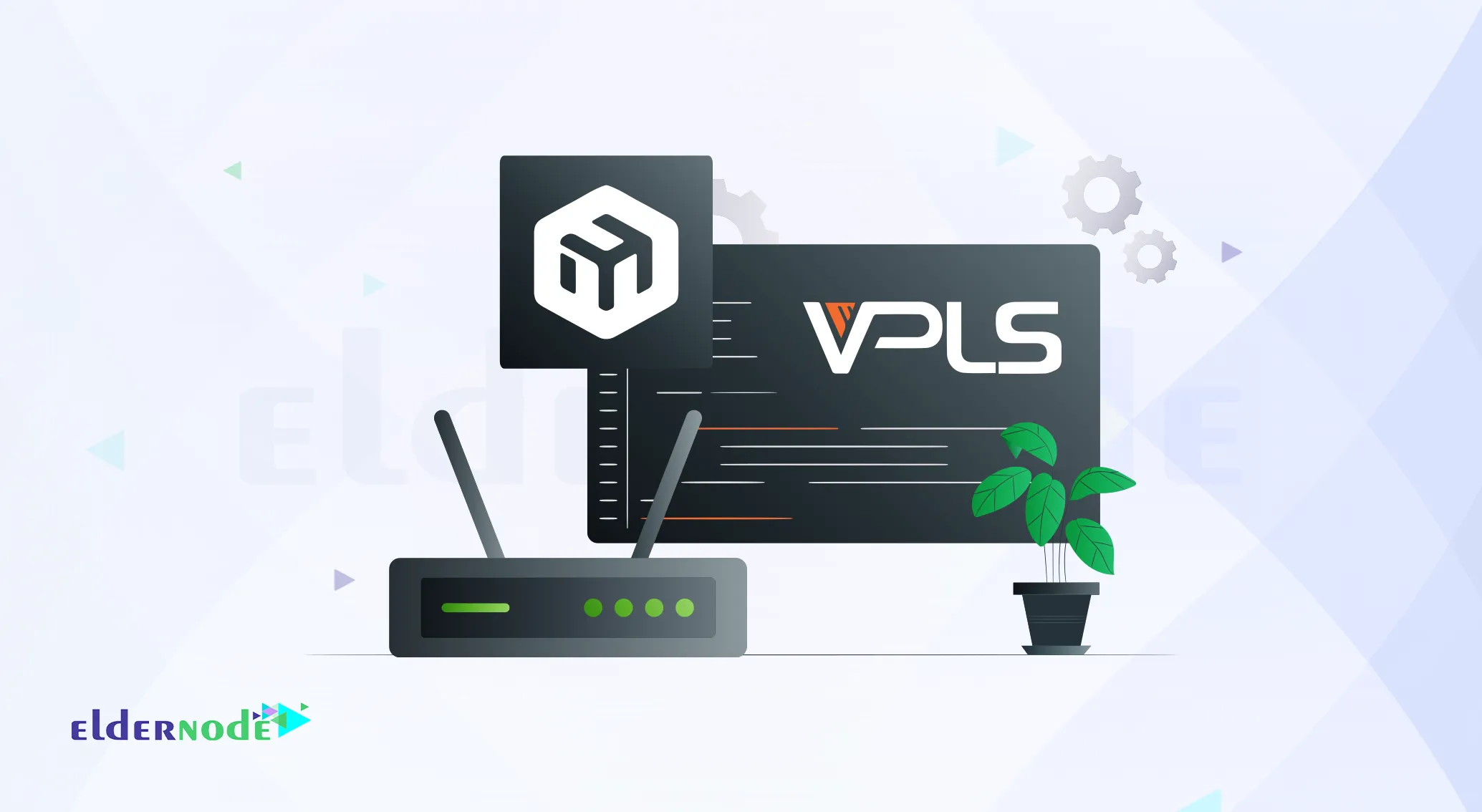
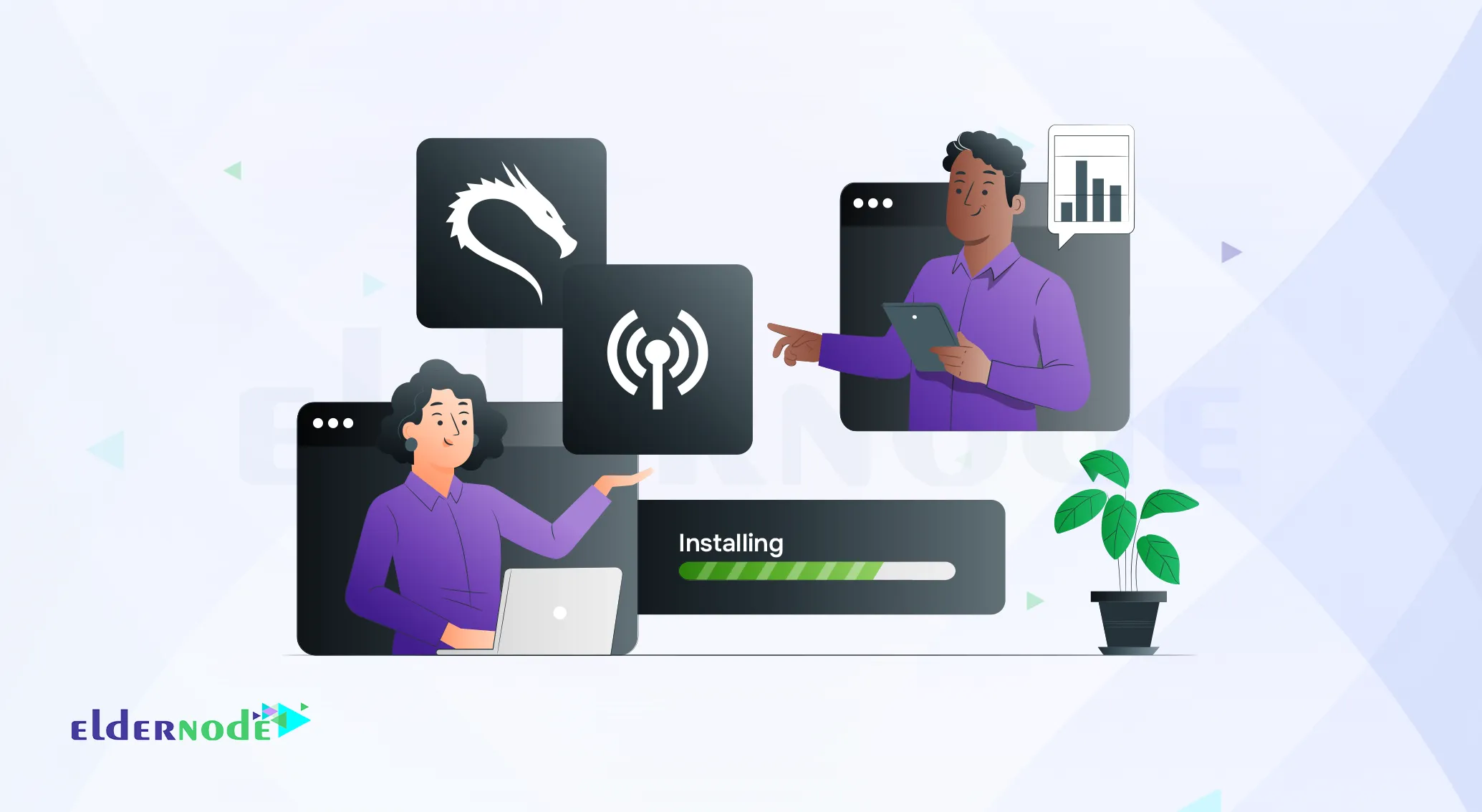
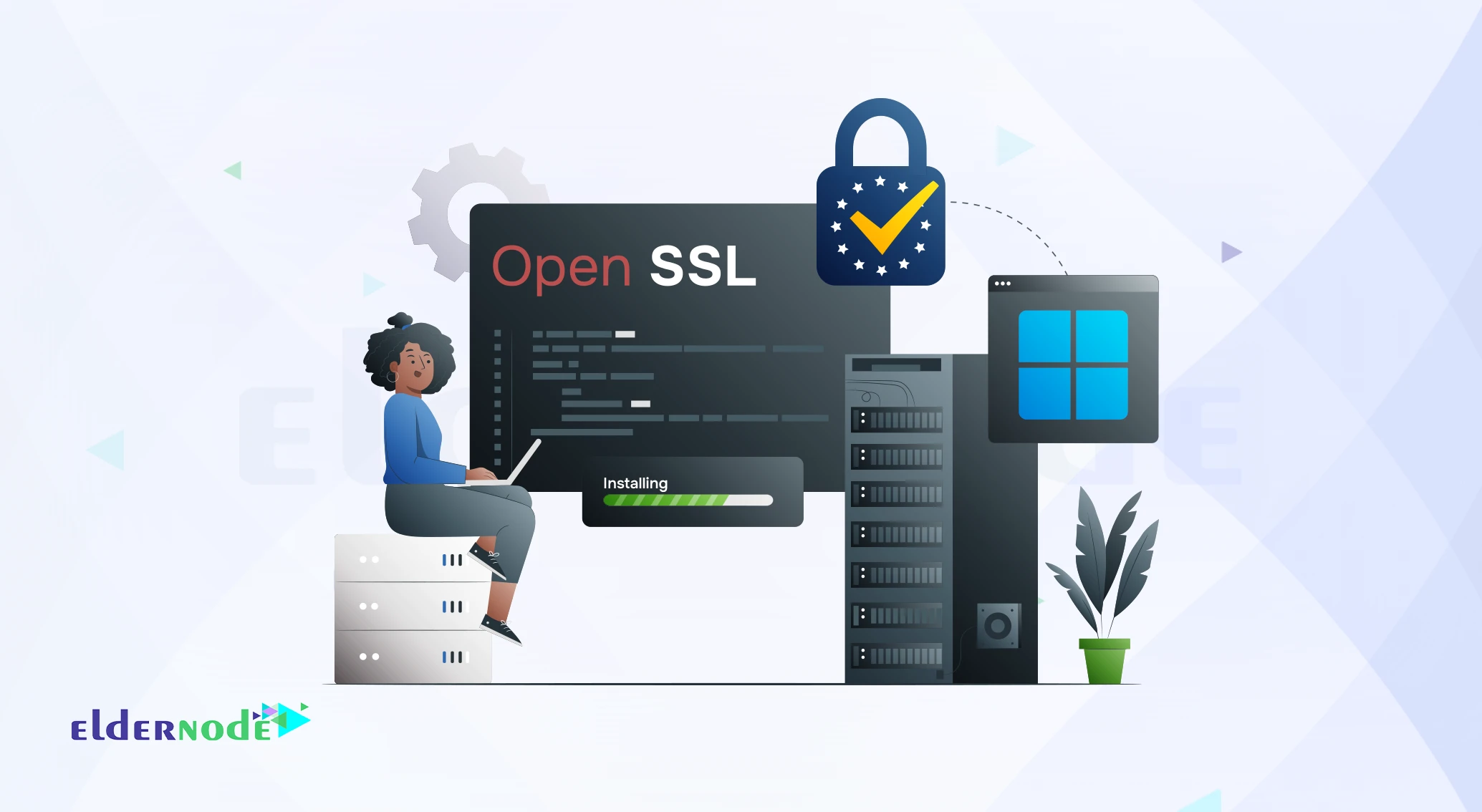
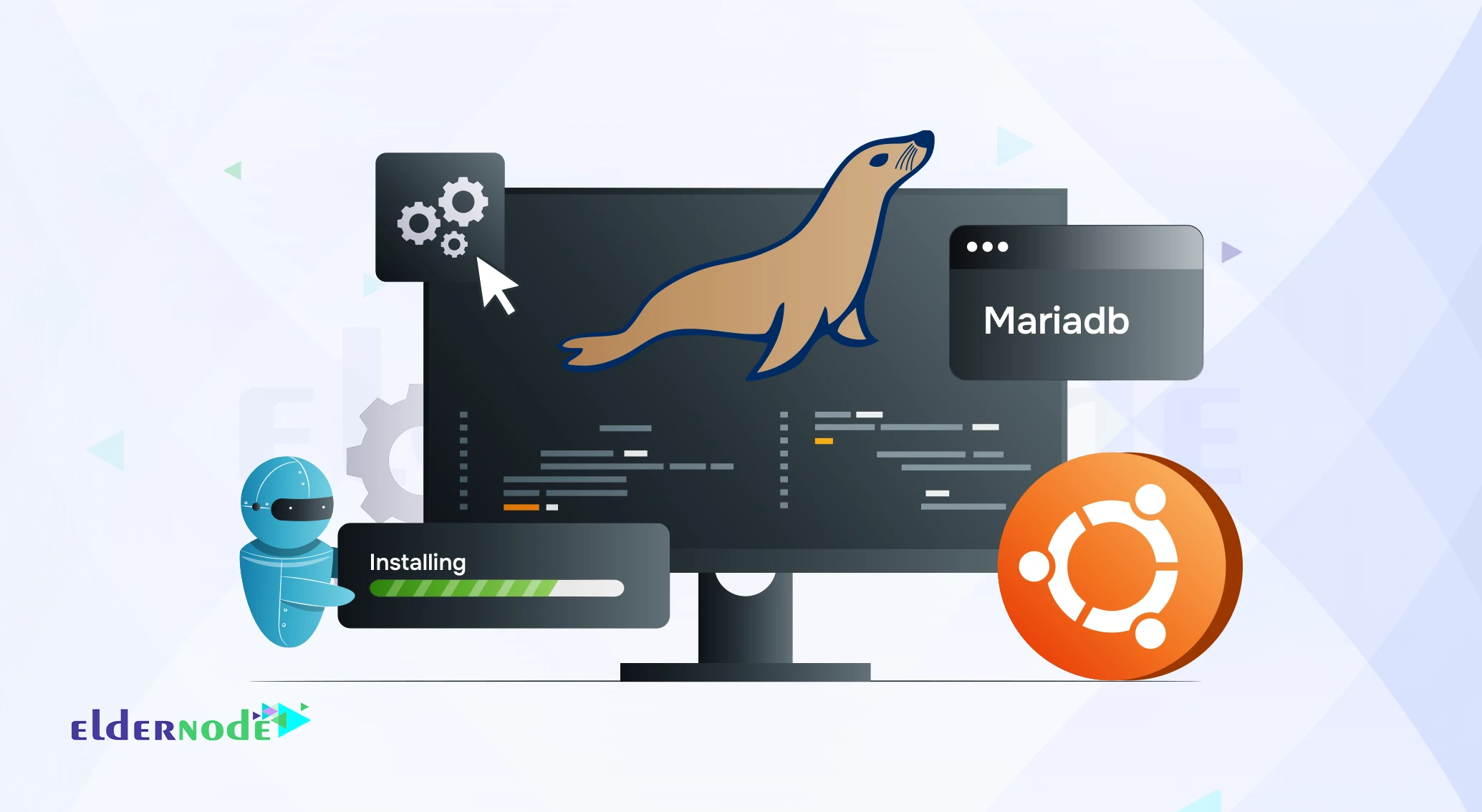
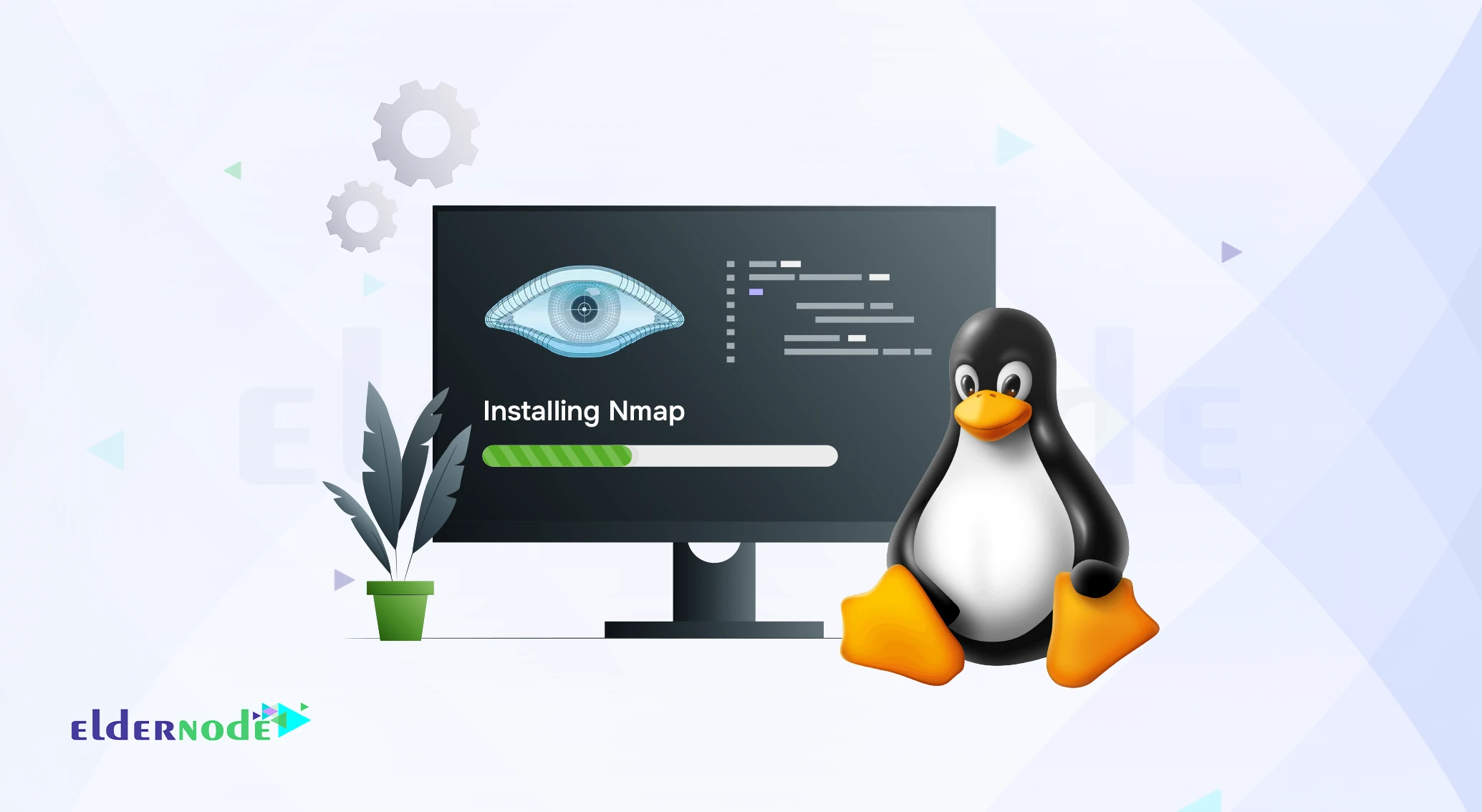
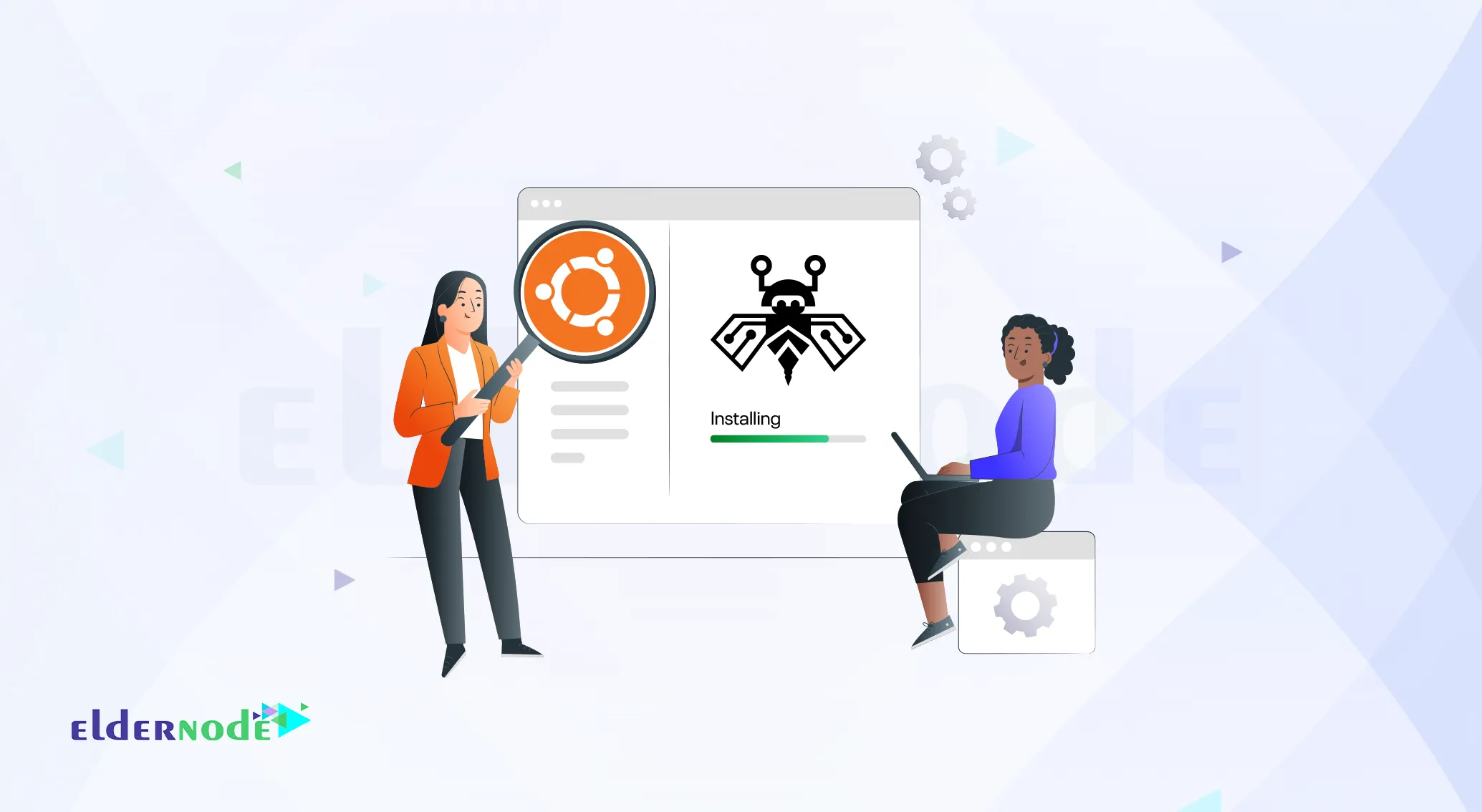
![Install-cPanel-on-Turkey-VPS How to Install cPanel on Turkey VPS [Step-by-Step Guide]](https://eldernode.com/wp-content/uploads/2021/02/Install-cPanel-on-Turkey-VPS.webp)
![Install-OpenVAS-on-CentOS-7-Linux [Step-by-Step Guide]](https://eldernode.com/wp-content/uploads/2021/02/Install-OpenVAS-on-CentOS-7-Linux.webp)
